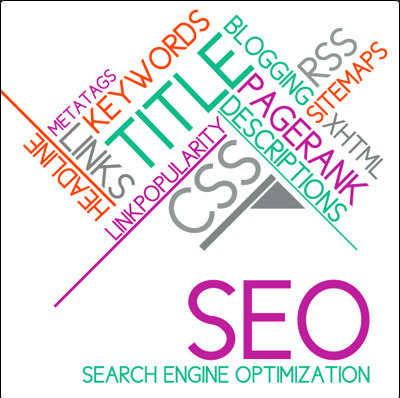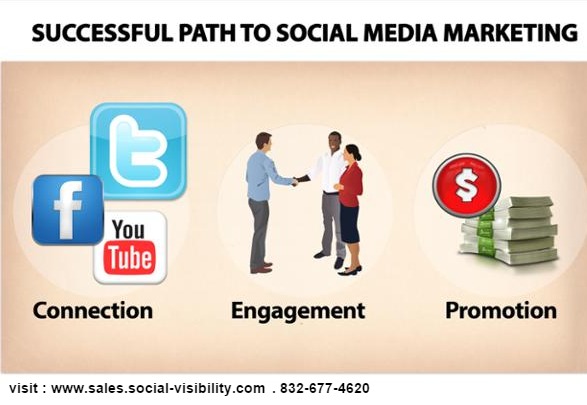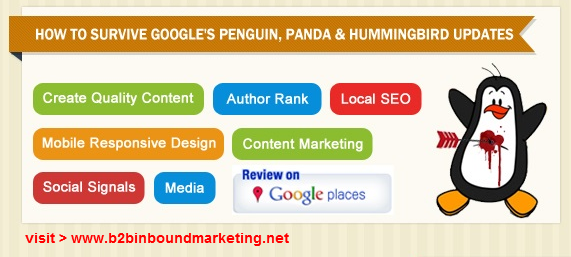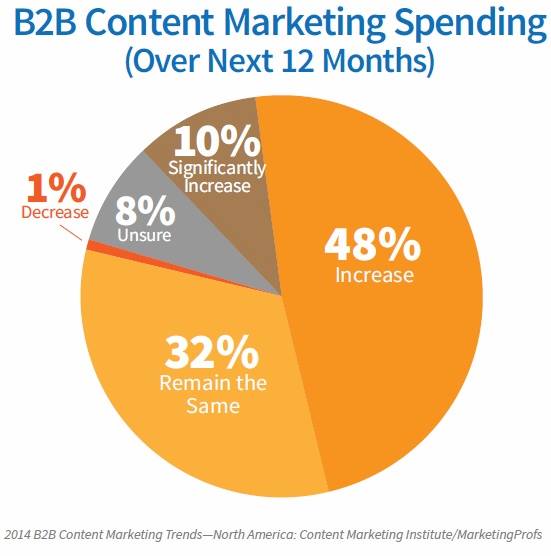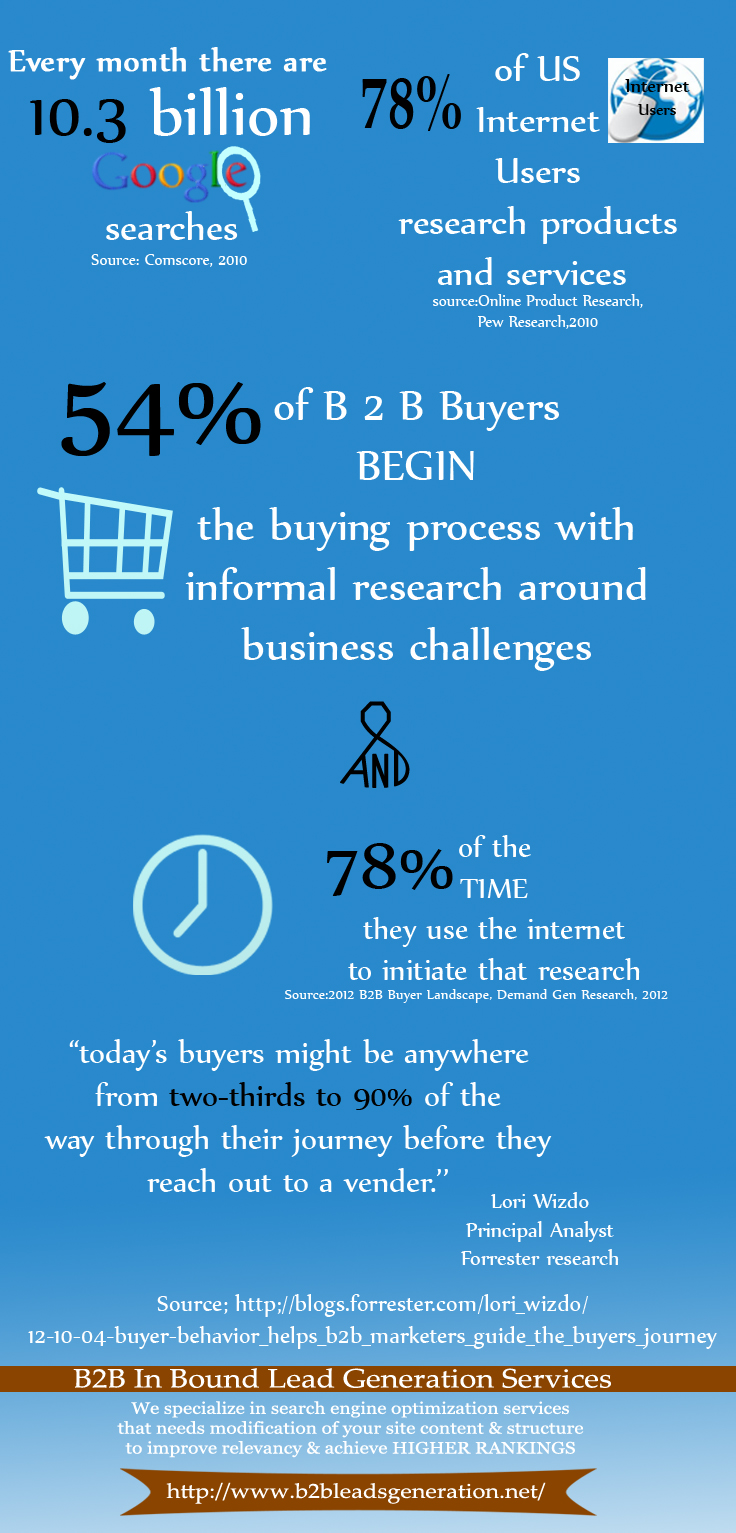Regular blog posts can be highly valuable for businesses in terms of both importance and business benefits. Here are some key points to understand:
Establishing Thought Leadership: Regular blog posts provide a platform for businesses to share their expertise, insights, and industry knowledge. By consistently publishing high-quality content, businesses can establish themselves as thought leaders in their respective fields. This enhances their credibility and reputation among customers, peers, and industry professionals.
Increasing Website Traffic: Blogs are an effective tool for driving traffic to a company’s website. When businesses consistently publish valuable content, it attracts readers and encourages them to visit the website for more information. With proper optimization and promotion, blog posts can also improve search engine rankings, leading to increased organic traffic.
Boosting Search Engine Optimization (SEO): Search engines value fresh and relevant content. By regularly updating a blog, businesses can keep their websites active and signal to search engines that their site is regularly maintained. Blog posts also provide opportunities to target specific keywords, incorporate internal and external links, and engage in other SEO strategies, thereby improving the overall visibility and ranking of the website.
Engaging with the Audience: Blogs facilitate direct communication and engagement with the target audience. Through comments, social media shares, and feedback, businesses can interact with readers, gain valuable insights, and build a community around their brand. This engagement fosters customer loyalty, encourages repeat visits, and increases the likelihood of conversions.
Generating Leads and Conversions: Blogs are a powerful tool for lead generation. By creating valuable content and including relevant calls-to-action (CTAs) within blog posts, businesses can convert readers into leads. CTAs can prompt readers to subscribe to newsletters, download resources, request product demonstrations, or make purchases. Regular blog posts keep the audience engaged and nurtures potential customers through the sales funnel.
Showcasing Products or Services: Blog posts provide businesses with a platform to showcase their products or services in a more informative and engaging way. By creating content that highlights the benefits, use cases, and success stories related to their offerings, businesses can effectively demonstrate their value proposition and influence purchasing decisions.
Building Brand Awareness: Consistent blogging helps build brand awareness by increasing the visibility of the business and its offerings. When businesses share their expertise, insights, and unique perspectives through blog posts, they establish their brand identity and differentiate themselves from competitors. Over time, this helps in creating brand recognition and recall among the target audience.
Supporting Social Media Strategy: Blogs serve as a valuable source of content for social media platforms. Each blog post can be shared across various social media channels, driving traffic back to the website and expanding the reach of the content. This synergy between blogs and social media strengthens the overall online presence and marketing efforts of the business.
In summary, regular blog posts are crucial for businesses as they establish thought leadership, increase website traffic, boost SEO, engage with the audience, generate leads, showcase products/services, build brand awareness, and support social media strategies. These benefits collectively contribute to business growth, customer acquisition, and brand positioning in the market.


